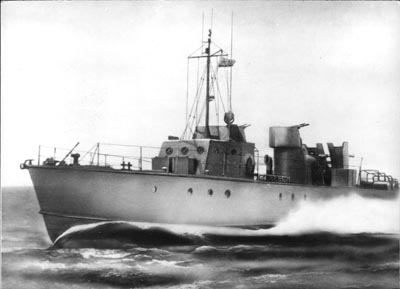
|
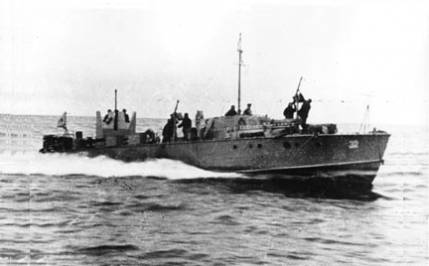
Soviet military motor boats OD-200 and MO-D-3 |
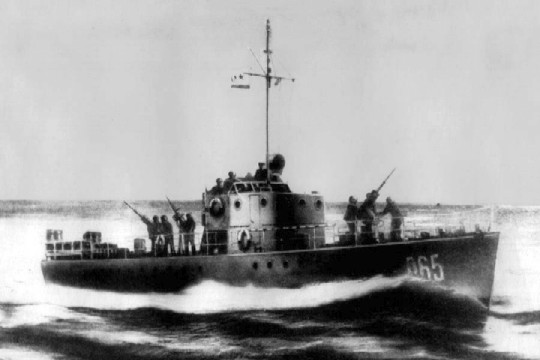
WWII small naval hunter MO-4 of USSR fleet
| Warboat | MO-2 | MO-4 | MO-D-3 | OD-200 | BMO | |
| Crew | 16 | 24 | 16 | 22 | ||
| Seaworthiness | 4 | 6 | 5 | 4 | ||
| Displacement, t | 50 | 53 | 32 | 55 | 61 | |
| m | Length | 26.2 | 26.9 | 21.4 | 24 | 24.8 |
| Beam | 3.95 | 4 | 4 | 4 | 4.2 | |
| Draught | 1.4 | 1.26 | 1 | 1.12 | 1.6 | |
| Speed, knots | full | 27 | 26 | 32 | 24 | 26 |
| economic | 20 | 15 | 9 | 6 | ||
| Range, miles | at full speed | 333 | 333 | 500 | ||
| at economic speed | 430 | 430 | 1500 | 1330 | ||
| Engines (Propulsion) | Two GAM-34 + one AM-34, 2025 hp total | Three GAM-34BS, 2550 hp total | Three GAM-34BS, 2550 hp total | Two Packard, 2400 hp total, + | ||
| Armament | ||||||
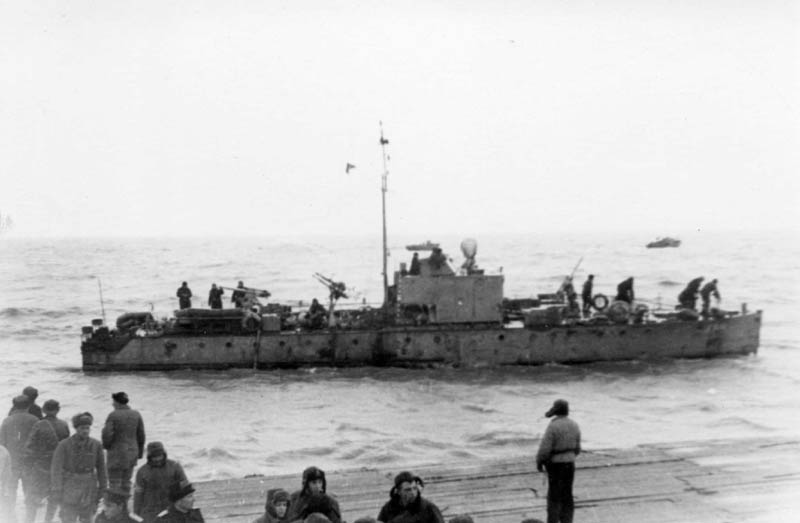
Soviet Navy warboat MO-2 photo WW2.
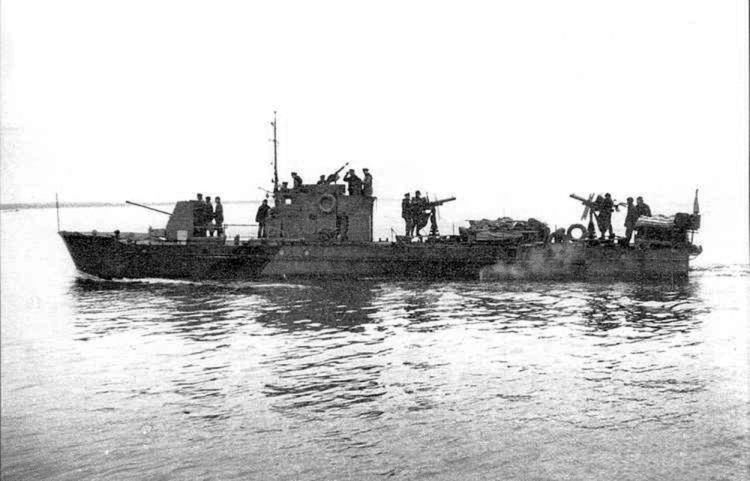
Soviet armoured sea hunter BMO of project 194. WWII photo.
Soviet WWII MO-4 sea hunters gallery